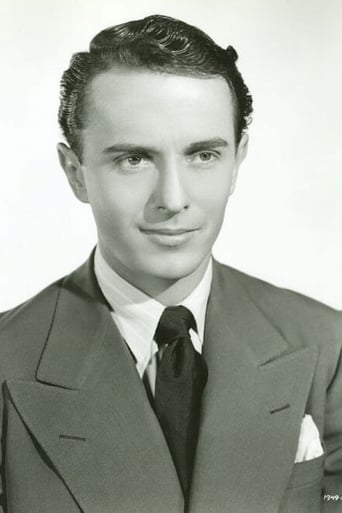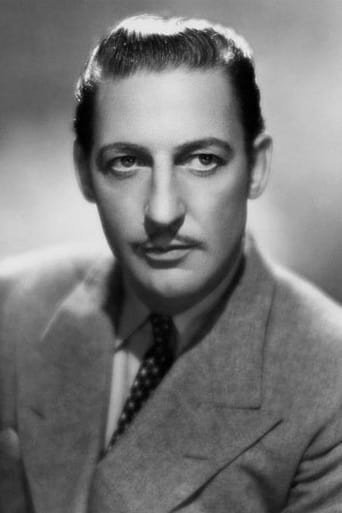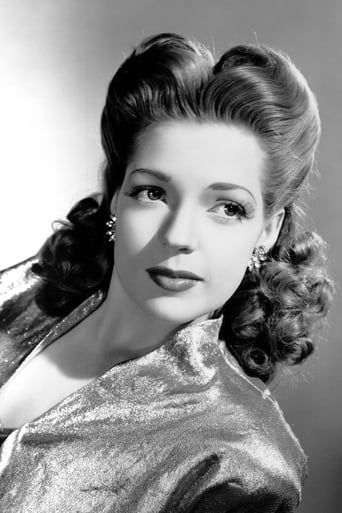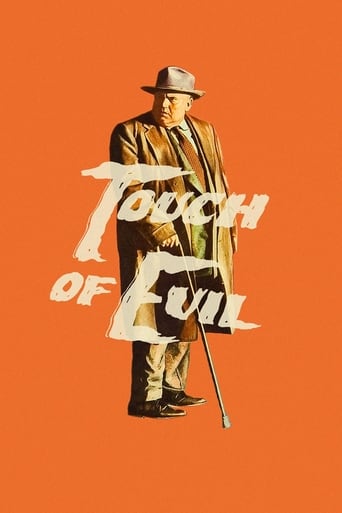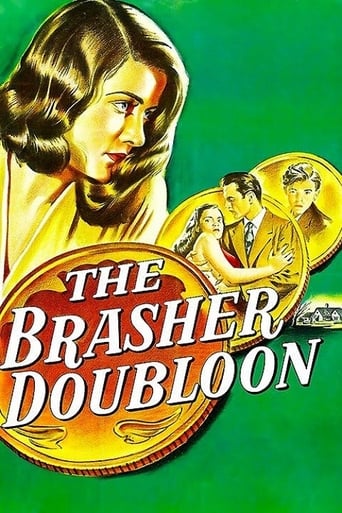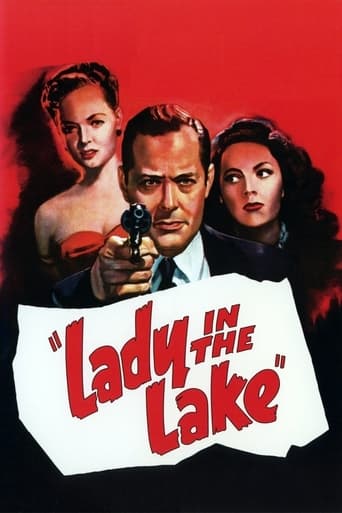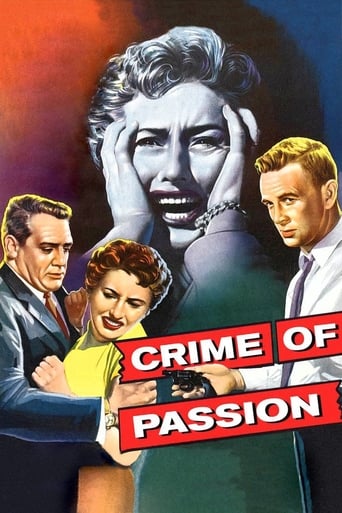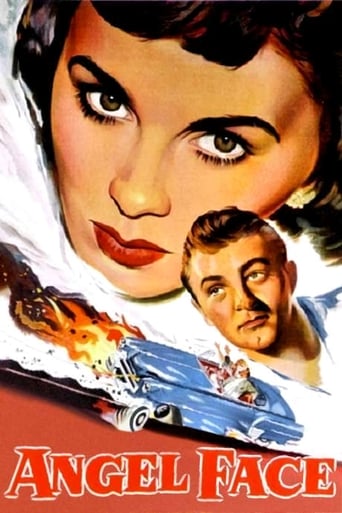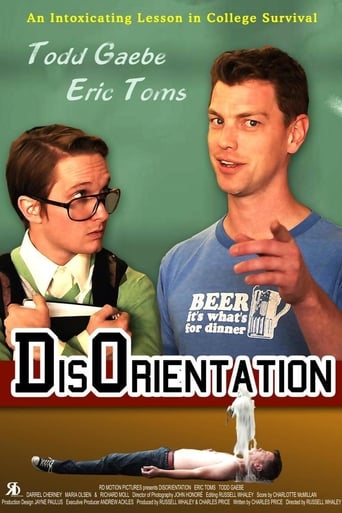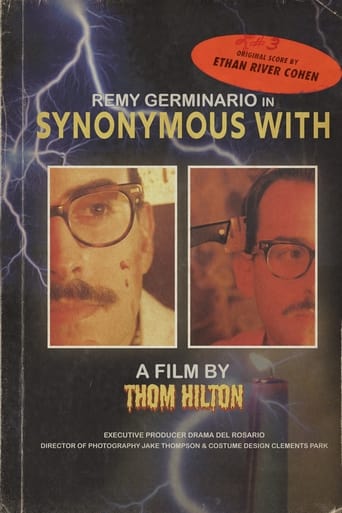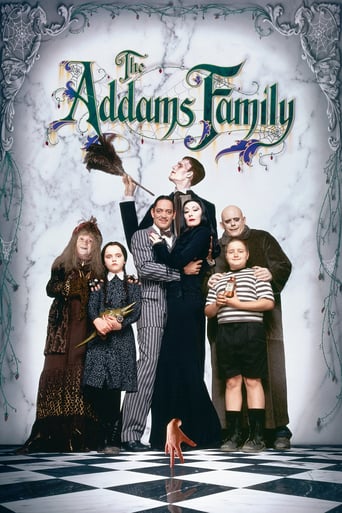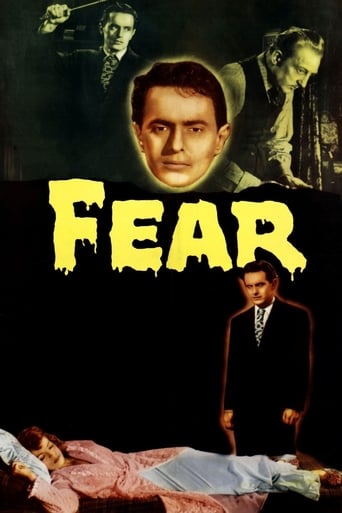
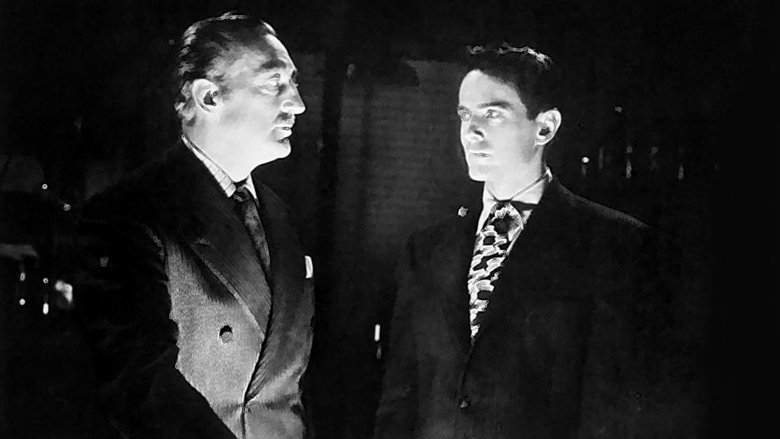
Fear (1946)
B-movie film noir take on Crime and Punishment. A college student gets deeper and deeper in trouble when he takes a loan from a shady college professor.
Watch Trailer
Cast


Similar titles
Reviews
FEAR is a short, middling thriller from Monogram. The main character is a student deeply in debt to an unscrupulous loan shark, who keeps demanding his next payment. In a fit of anger he murders the moneylender, but thereafter finds himself pursued by a dogged detective who believes he's responsible for the murder but has no proof. So far so straightforward; there's a fair amount of suspense inherent in the premise and it all flows along quite quickly. Darren McGavin has a tiny role early on in his career. However, the whole experienced is soured by one of those ridiculous 'twist' endings which ruins the whole thing.
***SPOILERS*** Updated version of the Fyodor Dostoevsky crime classic novel "Crime and Punishment" as well as Fritz Lang's 1931 classic crime film "M" but with a major twist in the end. The person committing the crime does get what's coming to him but not the way he and we watching the film expected it to be. Medical student Larry Crain, Peter Cookson, is down to his last dollar and about to be evicted from his boarding house and thrown out of medical school for not being able to pay the tuition. Desperete for cash to pay his bills and stay afloat Larry goes to collage Prof. Stanley, Francis Preriot, who besides teaching medicine is also the school's unofficial loan shark as well.Things don't go that well with Larry and Prof. Stanley who demands a cut of 20% for every dollar he lends him even before Larry has a chance to pay it back. Talking things over with his fellow students about Prof. Stanley Larry hears that the professor doesn't believe in banks and has all his cash in his apartment. This gives Larry the bright idea of whacking Prof. Stanley and taking his money the next time he sees him to pay him back what he loaned him. Tricking Prof. Stanley to turn his back on him by trying to pawn off a silver ashtray Larry smashes his skull in with a fireplace poker killing him. But as Larry soon finds out the place where Prof. Stanley keeps his cash a steel safe-box isn't that easy to open. And when Larry finally opens it a number of Prof. Sanley's customers, fellow medical students, are banging at his door trying to get a loan from him.It's all downhill for Larry from then on with after whacking Prof. Stanley in his hast not taking a cent of the what seems like thousands of dollars that was in his safe-box but also freaking out the next day when an article he wrote for a local crime magazine was accepted and him being given a $1,000.00 check for it! There's also the fact that the police are now on the case of Prof. Stanley's murder with Larry feeling that their on to him as well and he'll soon to be arrested for it.****SPOILERS*** Guilt ridden and at the point of hysterics Larry's consciences starts to take over. With Det. Shaffer, Naston Paiva, seeming to stalk him at every turn and police Captain Burke, Warren William, taking a keen interest in him in the Prof. Stanley murder investigation. Larry now feels for certain that his goose or butt is going to soon be cooked in the state's electric chair. The surprise ending in the movie takes a while to digest in that it come on so unexpectedly that all the characters in it have to be reintroduced to us. That's after Larry gets away Scott-free as an innocent but mentally unstable man the house painter,Earnie Adams, confessed to the murder that he in fact committed!
The dream (or nightmare) structure was a staple of the noir cycle; The Woman in the Window, Fear in the Night, and its remake Nightmare were some of the films that employed this device. Far from a cop-out, it was a way of packaging a rather subtle psychological insight: that our dreams expressed our conflicts between our superegos and our ids. (In a later film with noirish roots, Brian De Palma's Body Double, the "story" of the movie similarly sketched the protagonist's worst self-estimation, triggered by a claustrophobic episode.)In Fear, a medical student (Peter Cookson) is on the brink of abandoning school because his money has run out; in frustration, he murders a professor who moonlights as a pawnbroker. Questioned by the police, he ill-advisedly spouts warmed-over Nietzsche like the effete killers in Hitchcock's Rope. Then, out of the blue, a scholarly periodical to which he submitted an article sends him a check for $1000 (!) -- the most implausible occurrence in the entire noir cyle. He grows more reckless, and suspicion continues to grow.... Fear was a low-budget Monogram programmer (clocking in at just over an hour) but looks a lot better, angled and shadowed like more lavish productions. It won't satisfy the literal-minded, but it's a decent enough way to while away a dark hour.
Maltin's summary, and his star-and-a-half rating, for this quickie film noir fails to put it in the context of other, far more dismal Monogram productions. "Fear" has lots of interesting camera-pushes, nice use of close-ups, relatively interesting lighting, and a great nightmare montage. Plus, an expressive touch at the moment the key murder takes place (which I won't reveal) is just brilliant. Three things link this film to Fritz Lang's work--the marked coat (from "M") the dream-frame ("The Woman in the Window"), and perhaps most explicitly the palmreading of Larry's hand, revealing an "M", which stands for. . . . [supply your own dramatic music here]. Noir fans should seek this one one out for sure. Others may not be so impressed.


